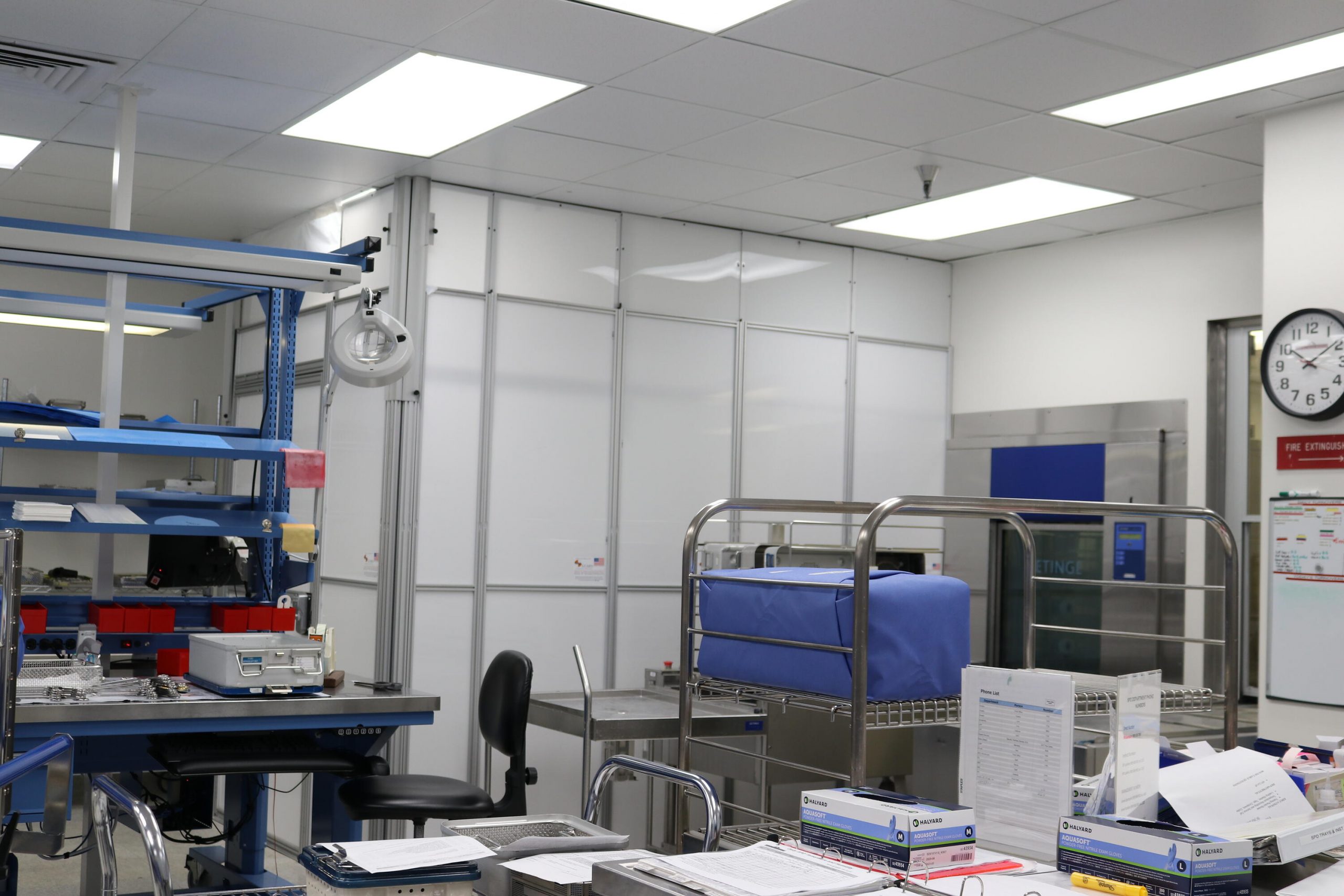INFECTION CONTROL
Summary
Infection control in hospitals is of paramount importance, given the critical nature of healthcare environments. At RMG Building, we recognize the unique challenges and responsibilities associated with construction projects in healthcare facilities. Our approach to infection control emphasizes meticulous planning, stringent protocols, and proactive measures to minimize the risk of cross-contamination and ensure the safety of patients, staff, and visitors. We adhere to industry-leading standards and guidelines, collaborating closely with hospital administrators, infection control specialists, and other stakeholders to develop comprehensive infection control plans tailored to each project. Our team is trained in infection control best practices, including the proper use of containment barriers, negative air pressure systems, and stringent cleaning procedures. By prioritizing infection control throughout every phase of the construction process, we strive to create a safe and hygienic environment that supports the delivery of high-quality healthcare services.

WATCHING TRENDS

REMOTE COMMUNICATION

SAY SOMETHING POLICY

TRAINING

Precautions
COVID-19
To address the evolving challenges surrounding the Coronavirus pandemic, we have established a COVID-19 Task Force to implement safety and protective measures in accordance with local, state, and federal guidelines and recommendations.
WORK PLACE GUIDELINES
We have come up with workplace practices to avoid exposures on job-sites. In addition to this, all employees undergo training frequently.

COVID 19 GUIDELINES
Individuals must wear face coverings consistent with CDC guidelines.
Self-symptom assessments are required prior to entering a project site or regional office to confirm that an individual is not experiencing COVID-19 symptoms.
Temperature screening and monitoring protocols, consistent with CDC guidelines, are conducted at project sites and regional offices.
Increased number of hygiene stations to allow for more frequent hand washing and sanitizing.
Implementation of social distancing guidelines requiring individuals to maintain a minimum of six-foot separation from others as feasible.
Increased frequency of cleaning and sanitizing of common areas.
Limitation of on-site personnel to those individuals necessary for project continuity.
Use of video conferencing when possible for work related meetings.
Ongoing training to personnel on COVID-19 protocols.
